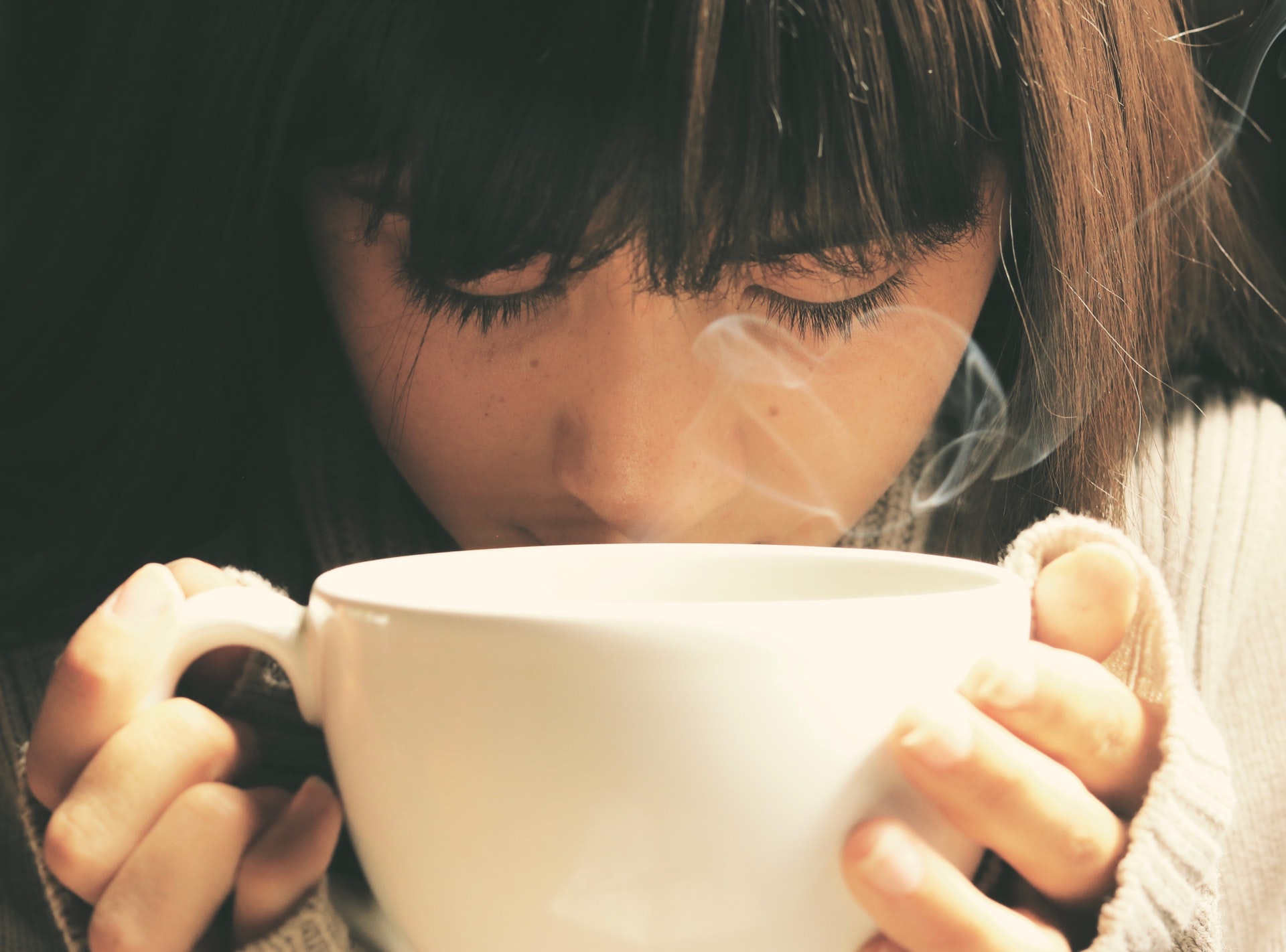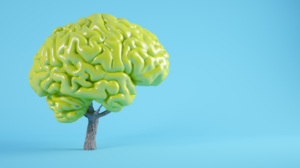Seasonal Affective Disorder (SAD), is a recognized form of depression. Canadian data shows that between 2-6% of Canadians will be diagnosed with SAD in their lifetime with upwards of 15% of Canadians experiencing milder forms of SAD. For those of us with other mental health challenges, the change in seasons can bring on or intensify symptoms.
Many Canadians associate SAD with winter, yet fall can be an equally challenging time of year. While our peers are raking leaves, watching kids head back to school, preparing comfort food, and planning for the holidays to come, some of us are sleeping excessively, finding it difficult to concentrate, over or under eating, and generally losing interest in the world around us. As with any depression, SAD is dangerous, and can have devastating consequences.
The Challenge of Diagnosis
For young people heading to university or college, Seasonal Affective Disorder can easily be dismissed or misidentified as stress or homesickness. In fact, age is a risk factor for SAD with young adults being more likely than older folks to suffer from this form of depression. It’s important to recognize and treat symptoms early and effectively.
Seasonal Affective Disorder Treatment
There are three main treatments for SAD: Light therapy; antidepressant therapy; and tryptophan in pill form. For some people with bipolar disorder, light therapy can be too stimulating, try to find the best option for you. Whatever the season, learn to recognize the characteristics of depression and SAD.
Waiting for the Winter Solstice
In my life, I’ve approached symptoms of Seasonal Affective Disorder in the same way I have dealt with mental unwellness at any time of the year. The biggest key is to recognize the early signs, and act quickly. Taking care of my body, reaching out to supportive people, talk therapy and some medication has helped. Online support groups can be very useful when getting out of the house was difficult. Advanced planning is also a good idea – I try not to schedule big things at times when I might not be at my best, or might be less able to manage stress.
Sweater weather might not be your favourite season either, but being aware of how you’re feeling, and having compassion for yourself as we approach the darker part of the year can help you get through until the days begin to lengthen again at the end of December.
_____________
Annette Smith has worked in education in diverse contexts for 20 years, and has been surviving depression and bipolar disorder for many more. Baking, sewing, gaming and being a cat person are her favourite coping mechanisms.





